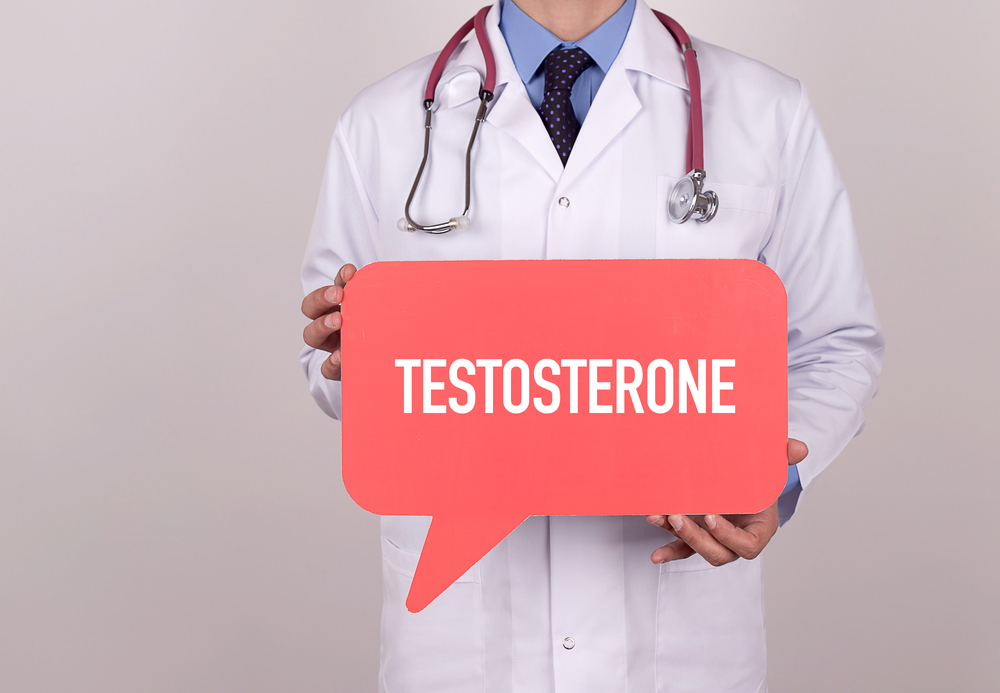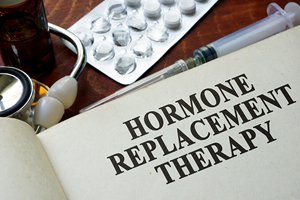Clarifying The Terms "Bioidentical Hormones" And "Compounded Hormones"
 The terms “bioidentical hormones,” “compounded hormones,” and “compounded bioidentical hormones” often are used improperly in conversations between care providers and patients. But the fact that these medications even exist is a tribute to the evolving story of hormone development.
The terms “bioidentical hormones,” “compounded hormones,” and “compounded bioidentical hormones” often are used improperly in conversations between care providers and patients. But the fact that these medications even exist is a tribute to the evolving story of hormone development.
It was Claude Bernard, French physiologist, who first noted that glands in the body produced substances that could affect other organs. Then, in 1906, secretions from the ovaries were found to produce estrus, and the term “estrogen” was born. By 1930, various placental and ovarian hormones had been identified and, in 1938, researchers reported that a complex of estrogens could be isolated from pregnant mare urine which they called Premarin®. The Canadian-based pharmaceutical firm, Ayerst, McKenna, and Harrison (later to become Wyeth Pharmaceuticals) began producing Premarin®. Premarin®, however, was not a pure estrogen but instead contained a wide range of different estrogens including estrone sulfate (50% to 60%), equilin sulfate (22% to 32%), and less than 5% estradiol sulfate, the principle estrogen made by the ovary during reproductive life. Premarin® became available for clinical use in 1941 and received Federal Drug Administration (FDA) approval in 1942.
The range of estrogens and other hormones in Premarin® and the requirement that following intestinal absorption of the hormone pill there first is a pass through the liver with release of a wide range of other hormones and clotting factors led researchers to seek an alternative source for pure estrogens. The solution was the development of bioidentical hormones.
Bioidentical hormones are produced in the laboratory from plants (wild yams, cactus, or soy), but the structures and functions of these hormones are identical to that of the hormones made by the body. While wild yams had been used since the 18th century to treat menstrual cramps, in the 1950s scientists identified the phytoestrogen, diosgenin, in the plant roots, which could be chemically converted to such hormones as progesterone, estrogen, testosterone, DHEA, and cortisol.
The bioidentical hormone story, therefore, starts in the laboratory where the phytoestrogens are extracted from plants. Compounding pharmacies and pharmaceutical companies obtain those same bioidentical hormone products from the same chemical laboratory-companies, but their paths then diverge. The pharmaceutical companies prepare their products (pills, gels, creams, or patches) under strict FDA regulations. The compounding pharmacies take the same bioidentical hormone preparations and develop them into their own preparations. The advantages of the compounding pharmacies is that they can tailor the dosages delivered to the patient, while the pharmaceutical companies have a more restricted dose range of hormones they can offer on the market. However, while the pharmaceutical
companies are under strict safety rules, vis-á-vis the FDA, compounding pharmacies must report to their state pharmacy boards only. There are many reputable compounding pharmacies. However, the most recent cases of meningitis following injection of tainted steroids from a compounding pharmacy have resulted in a proposed bill in Congress to provide the FDA with more oversight over compounding pharmacies.
Proper menopause management requires that the care provider be aware of the various indications, preparations, benefits, and risks of hormone therapy. Armed with that knowledge, he or she becomes an effective educator and advisor of women going through the menopause transition.
By James Woods, M.D.
Dr. Woods treats patients for menopause at the Hess/Woods Gynecology Practice.
Disclaimer: The information included on this site is for general educational purposes only. It is not intended nor implied to be a substitute for or form of patient specific medical advice and cannot be used for clinical management of specific patients. Our responses to questions submitted are based solely on information provided by the submitting institution. No information has been obtained from any actual patient, and no physician-patient relationship is intended or implied by our response. This site is for general information purposes only. Practitioners seeking guidance regarding the management of any actual patient should consult with another practitioner willing and able to provide patient specific advice. Our response should also not be relied upon for legal defense, and does not imply any agreement on our part to act in a legal defense capacity.
James Woods | 4/23/2015




